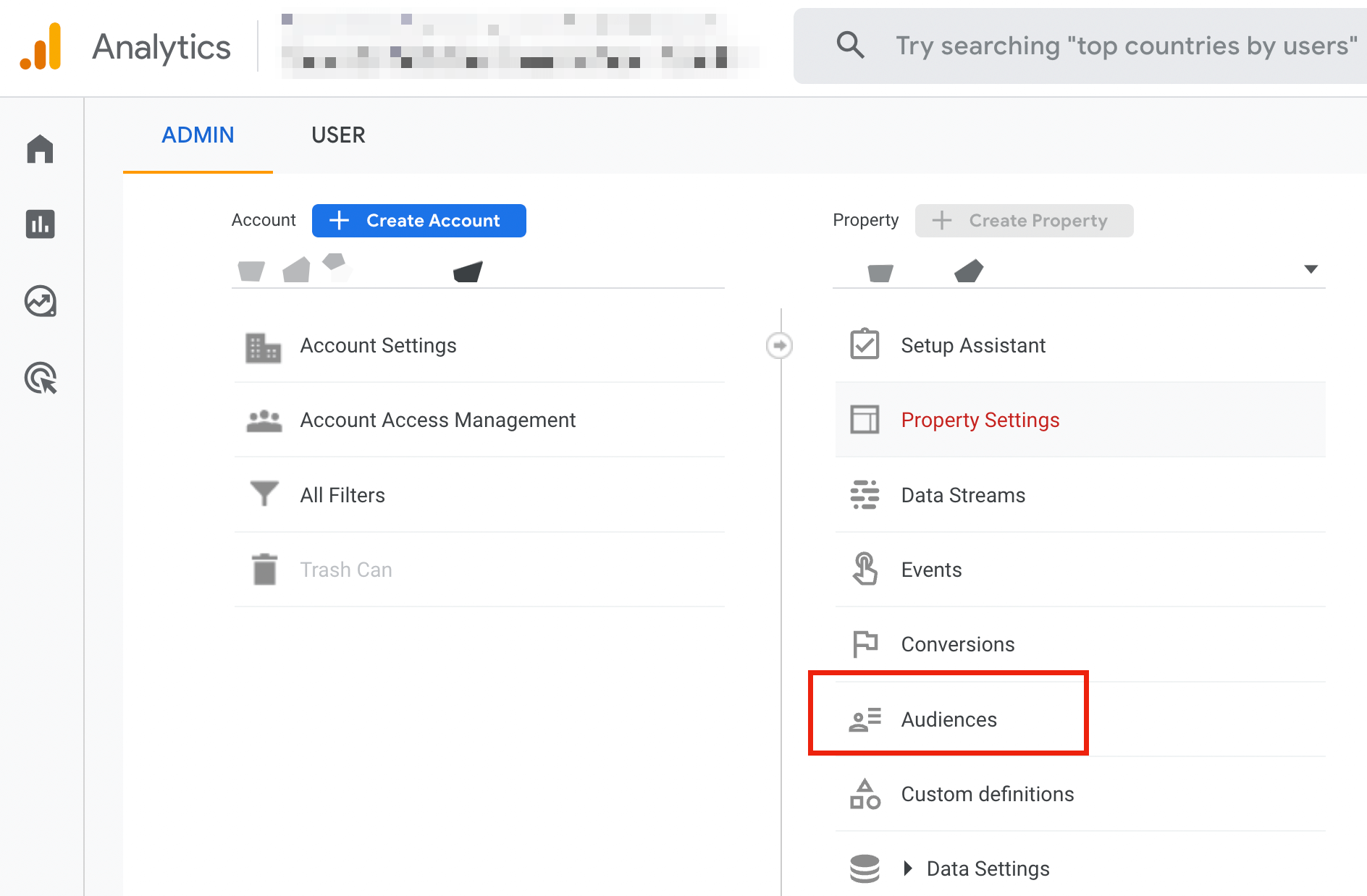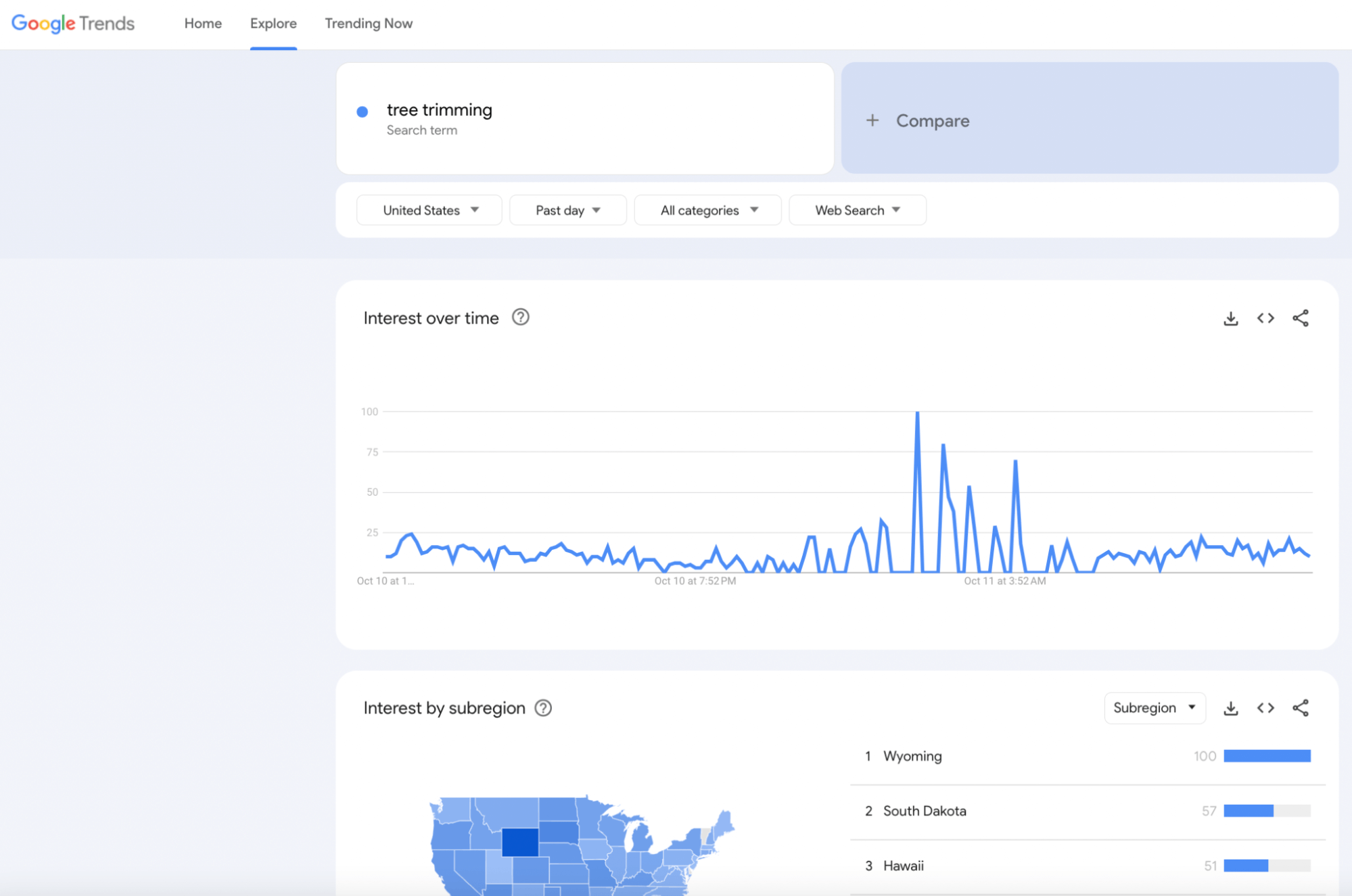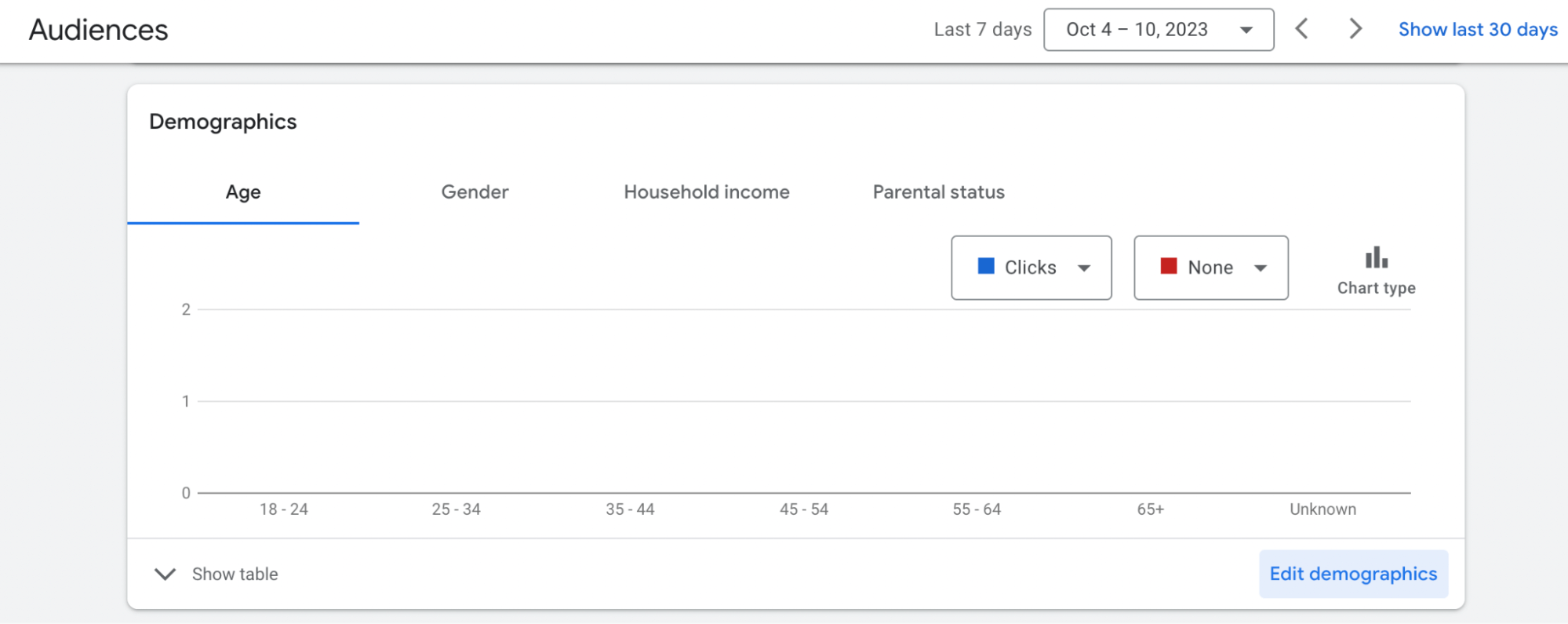Do you want to diversify your ads beyond social platforms? Wondering how to get started with Google Search Ads?
In this article, you’ll discover how to target the right prospects with Google Search Ads.

Why Should Marketers Pay Attention to Google Search Ads?
Many marketers focus heavily on social media ads. However, including search ads as part of your comprehensive digital strategy is a powerful way for you to reach potential customers.
Google Search Ads enables both quick wins and brand awareness at scale for you. With Google holding over 90% of the global search engine market share, search ads unlock a huge potential audience for your campaigns.
Moreover, search ads are not just limited to Google's core search results page. Other high-traffic Google properties like YouTube, Gmail promotions tab, and the Google Display Network offer additional visibility for your ads and allow both upper-funnel brand awareness and lower-funnel direct response.
It’s also worth highlighting the power of integrating search ads with Google Analytics. This provides unparalleled insight into viewer demographics, interests, behavior patterns, and purchase funnel impact. It enables deep analysis of campaign performance and optimization. Analytics features like conversion tracking and custom audience segmentation are invaluable for honing your strategy. You can even build audiences in Analytics and import them into search campaigns for precise targeting.
Even if you are well-versed in social media ads, you should not neglect search ads. When implemented correctly, search ads deliver target audience selection, ad copy, bidding strategies, and significant reach and tangible return on investment for your business.
How to Build Effective Search Ad Campaigns
#1: Research Your Audience
The foundation of any successful search ad campaign is understanding your ideal customers.
Analyze Customer Relationship Management Data
Start by analyzing your existing first-party data. Look at the demographics and characteristics of your current paying customers. Export customer information from your CRM system as a CSV file and upload it into Google Ads.
After allowing time for Google's system to process the data, study the provided audience insights, like audience size and demographic makeup. Check whether Google's suggested target audience aligns with your actual customers.
Compare With Google Analytics Segments
You can also create audience segments in Google Analytics based on high-value conversions and traits. Import these into Google Ads and cross-reference with your CRM customers for comparison.

Develop Detailed Customer Personas
Combine these insights to build detailed customer personas. Note any gaps between your actual customers versus Google's suggested audiences. Tweak your personas accordingly.
The goal is to gain an accurate picture of who engages best with your brand before targeting your ads.
#2: Selecting Relevant Keywords
The next step is researching relevant keywords that your audience may use in searches.
Get World-Class Marketing Training — All Year Long!
Are you facing doubt, uncertainty, or overwhelm? The Social Media Marketing Society can help.
Each month, you’ll receive training from trusted marketing experts, covering everything from AI to organic social marketing. When you join, you’ll also get immediate access to:
- A library of 100+ marketing trainings
- A community of like-minded marketers
- Monthly online community meetups
- Relevant news and trends updates
Avoid Making Assumptions
It’s tempting to assume you know how people search for your business or products. But analyzing Google Trends, using third-party keyword research tools, and leveraging Google autocomplete suggestions help you identify actual high-potential search terms.
Analyze Google Trends
Examine keyword search volume and trends over time for your industry. Identify seasonal trends and optimization opportunities.

Use Google Autocomplete and Related Searches
Start typing a product or category in Google search. Note the suggested autocomplete options and related searches. These provide real search data.

Review Organic Search Terms
You can also reference organic search terms that drive traffic to your website using Google Search Console data. The keywords people use to find you organically often also work for your paid search.
Categorize Keywords
Group keywords by theme. For example, for a clothing brand you could use: “women's dresses”, “little black dress”, “cocktail dresses”, etc.
This allows managing bids and ad copy separately based on search intent. Segment high-volume generic terms like your brand name into their own ad groups.
Thorough keyword research tailors your strategy directly to your audience's search behavior.
#3: Crafting Compelling Ad Copy
Writing effective ad copy is both an art and a science. When creating your ad copy, take advantage of Google's responsive search ad format. This allows you to enter up to 15 headlines and 4 description lines.

Discover Proven Marketing Strategies and Tips
Want to go even deeper with your marketing? Check out the Social Media Marketing Podcast! Publishing weekly since 2012, the Social Media Marketing Podcast helps you navigate the constantly changing marketing jungle, with expert interviews from marketing pros.
But don’t let the name fool you. This show is about a lot more than just social media marketing. With over 600 episodes and millions of downloads each year, this show has been a trusted source for marketers for well over a decade.
Headlines and Descriptions
- Write 2–3 compelling headlines focused on your audience’s needs and search intent.
- Limit each headline to 30 characters.
- Include 1–2 persuasive description lines up to 90 characters.
- Outline your key customer benefits and differentiate them from competitors.
To highlight important information like sales or promotions, use ad “pinning”. This forces specific headlines or descriptions to always appear in your ads. Otherwise, let Google determine the best groupings.
Avoid overuse of broad keywords—break out high-volume terms into separate ad groups to manage bids appropriately.
Responsive Search Ads
Leverage Google’s responsive ad format to test combinations of headlines and descriptions. Provide multiple options, and Google will automatically optimize them based on performance.
Calls-to-Action
Be sure to insert CTAs like “Sign up now” and “Start your free trial” so you drive action while aligning with the searcher’s intent.
#4: Utilizing Advanced Targeting Options
Beyond your first-party customer data, leverage Google’s extensive audience targeting capabilities:
- Detailed demographics: Gives you options like age, gender, parental status, income level, education level, and more.
- In-market audiences: Groups Google identifies as actively researching or planning purchases in categories.
- Affinity audiences: Uses broad interests like “cooking enthusiasts”, “frequent travelers”, “sports fans”, etc. to expand reach. This is better for upper-funnel.
- Custom audiences: Combines multiple attributes like demographics, in-market data, purchase intent, and contextual keywords for precise targeting.
- Observation mode: Temporarily shows your ads more broadly while gathering performance data when you're testing new audiences. You can then narrow targeting for better optimization.
- Audience insights: Compare audience data to your first-party customer base. Identify your highest-converting demographic and interest characteristics.

Advanced targeting allows focusing ad spend on those customers who are most likely to engage and convert. Continuously refine this process based on performance.
#5: Mastering Search Ad Bidding
Bidding is another vital component for driving search ad success. Align your bid strategies with your overall business goals.
Align With Business Objectives
For instance, target cost-per-acquisition (CPA) is a common goal. Set your campaign's target CPA appropriately based on historical performance for that product or service.
Avoid One-Size-Fits-All
Avoid using the same generic target CPA across all campaigns. Tailor the approach to each campaign’s audience and offering. Similarly, the campaign's budget must support its volume and target CPA combination.
Use Smart Bidding Strategies
Google's “smart bidding” options like target CPA and target return-on-ad-spend allow Google to automatically adjust your bids to help hit your targets. Especially when using audience data, smart bidding is extremely beneficial compared to manual bidding.
Regularly Review Performance
Check search term reports frequently to identify low-performing areas, and pause poorly performing keywords to maintain target metrics. An optimized bidding approach maximizes ROI by keeping spend focused on profitable areas.
#6: Continually Improve Through Testing
Like any marketing channel, search ads require ongoing optimization. Regularly test new ad creatives, audiences, bids, and targeting methods.
Measure incremental changes over weekly or monthly periods. Double down on what delivers improved results, and eliminate what doesn't. Monitoring your campaigns frequently and iterating continuously will ensure you get the maximum possible return from search advertising.
Brooke Osmundson is Director of Growth Marketing at Smith Micro Software, a company that helps wireless carriers provide value-added services. She’s also a regular columnist for Search Engine Journal.
Other Notes From This Episode
- Connect with Michael Stelzner @Stelzner on Instagram and @Mike_Stelzner on Twitter.
- Watch this interview and other exclusive content from Social Media Examiner on YouTube.
Listen to the Podcast Now
This article is sourced from the Social Media Marketing Podcast, a top marketing podcast. Listen or subscribe below.
Where to subscribe: Apple Podcasts | Spotify | YouTube Music | YouTube | Amazon Music | RSS
✋🏽 If you enjoyed this episode of the Social Media Marketing podcast, please head over to Apple Podcasts, leave a rating, write a review, and subscribe.
Stay Up-to-Date: Get New Marketing Articles Delivered to You!
Don't miss out on upcoming social media marketing insights and strategies! Sign up to receive notifications when we publish new articles on Social Media Examiner. Our expertly crafted content will help you stay ahead of the curve and drive results for your business. Click the link below to sign up now and receive our annual report!
Attention Agency Owners, Brand Marketers, and Consultants

Introducing the Marketing Agency Show–our newest podcast designed to explore the struggles of agency marketers.
Join show host and agency owner, Brooke Sellas, as she interviews agency marketers and digs deep into their biggest challenges. Explore topics like navigating rough economic times, leveraging AI, service diversification, client acquisition, and much more.
Just pull up your favorite podcast app, search for Marketing Agency Show and start listening. Or click the button below for more information.

